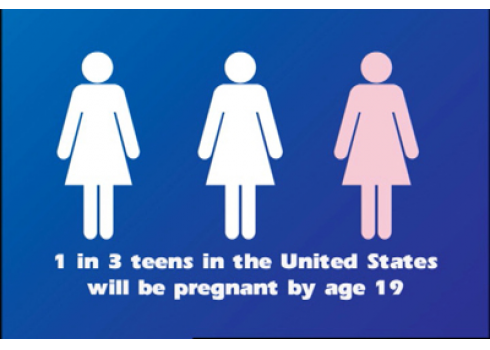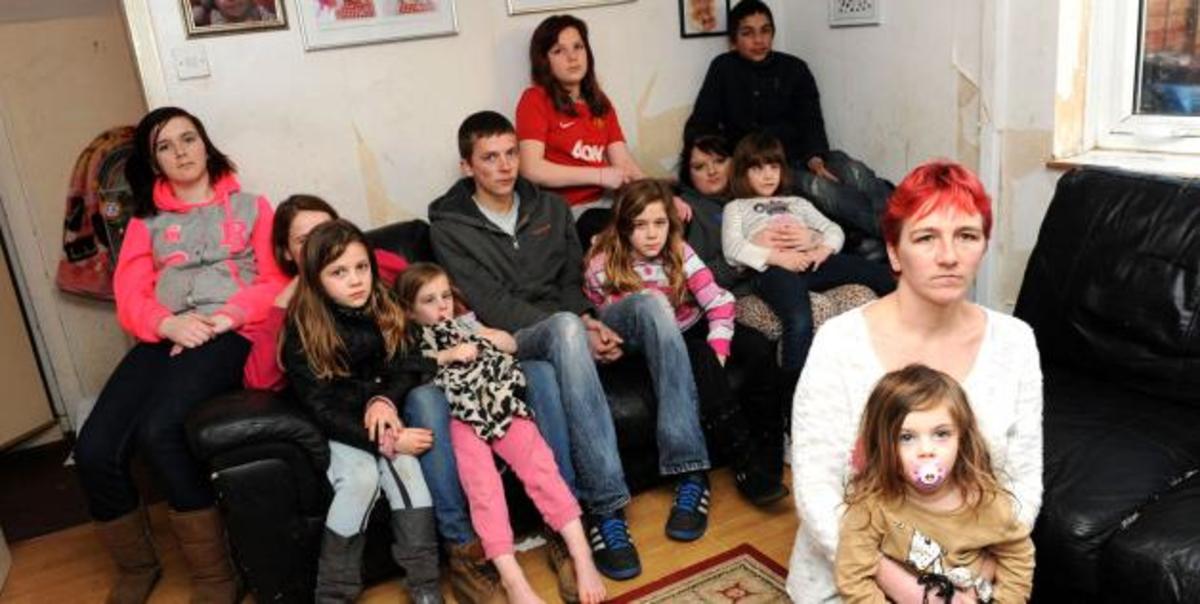Slow the Suffering and Growth of Grinding Poverty in the US

If the teen pregnancy rate were reduced, “at-risk” teen girls who would have gotten pregnant and given birth would have greater opportunity to graduate from high school, attend college and have career opportunities that provide enrichment and happiness. Reducing the frequency of teen pregnancy would solve insurmountable challenges for many families. These families could lift themselves out of poverty without the additional burden of a newborn infant. Babies would not arrive in a world that is unable to properly care for them. Parenthood would come later when the birth mother is emotionally and financially prepared. Families of teen parents would not be stretched past their limits because the needs of a newborn child is past their capabilities physically, and financially. Family members of teen parents including siblings commonly experience setbacks in positive development.
The first exercise in reducing teen pregnancy would be a concerted effort in all public schools, nationwide, (but more in regions where teen pregnancy is more predominant) to give children as young as 9 and 10 years old age appropriate curriculum in sex education. If there is a backlash, it must be tempered. The risk is too great for our young women and the infants they give birth to. Campaigns to sway public opinion about the importance of this issue would be everywhere. Once a child enters middle school, the education increases. This education is equally critical for boys, an important factor in teen pregnancy. The abortion issue should stay out of the schools because of its controversy. All other sensitive issues about sex, pregnancy and transmitted diseases would be covered as an important part of the curriculum in public schools. The best campaign managers, advertising experts, medical professionals, social workers, and educators would participate in this campaign and in the structure of the curriculum. The mission of this team would be to teach youth the perils of teen pregnancy and to persuade them that they do not want to parent a child too young. It could work as it worked in the anti-smoking campaigns.
The goal of the campaign would be to inform teens adequately in order to make informed decisions about their own behavior. This is not currently the situation. Today, in many schools, only abstinence is presented. This keeps scientific information away from youth who need to be making informed decisions. Abstinence is not something that can be effectively taught in the schools. Teens that are already sexually active laugh at abstinence classes. A complete curriculum would give sexually active teens an opportunity to protect themselves. Abstinence is a matter for churches. It is critical to start this educational program early enough in a youth’s life to come prior to emerging sexual activity which is ages 13 to 15.
Reducing teen pregnancy could ease poverty in less than two years. In five years, as the campaign starts to take effect on a longer term, it would dramatically reduce poverty. Fewer babies would be born into a life of neglect and suffering. Reduced stress on social services would follow. Extended family members would be healthier by experiencing a lower stress, higher quality life. The teens who escaped pregnancy would be entering society as adults; the ratio of educated working young people to high risk, marginalized young adults would begin to change. As more young adults experience financial security and opportunity, existing alienated young adults would receive more assistance, and optimally be influenced by their successful peers.








